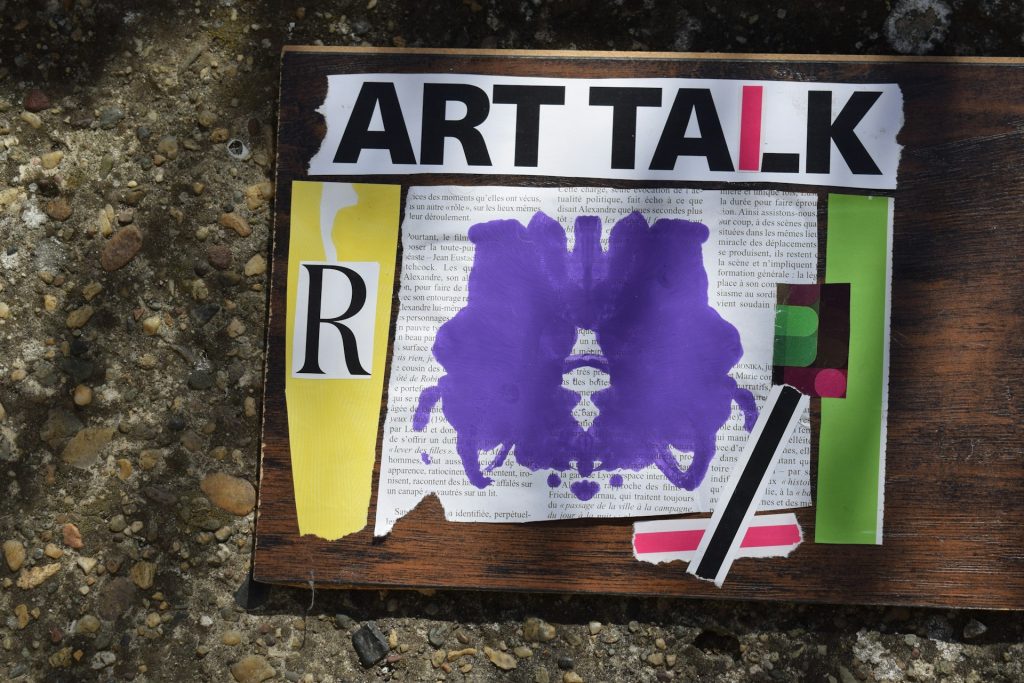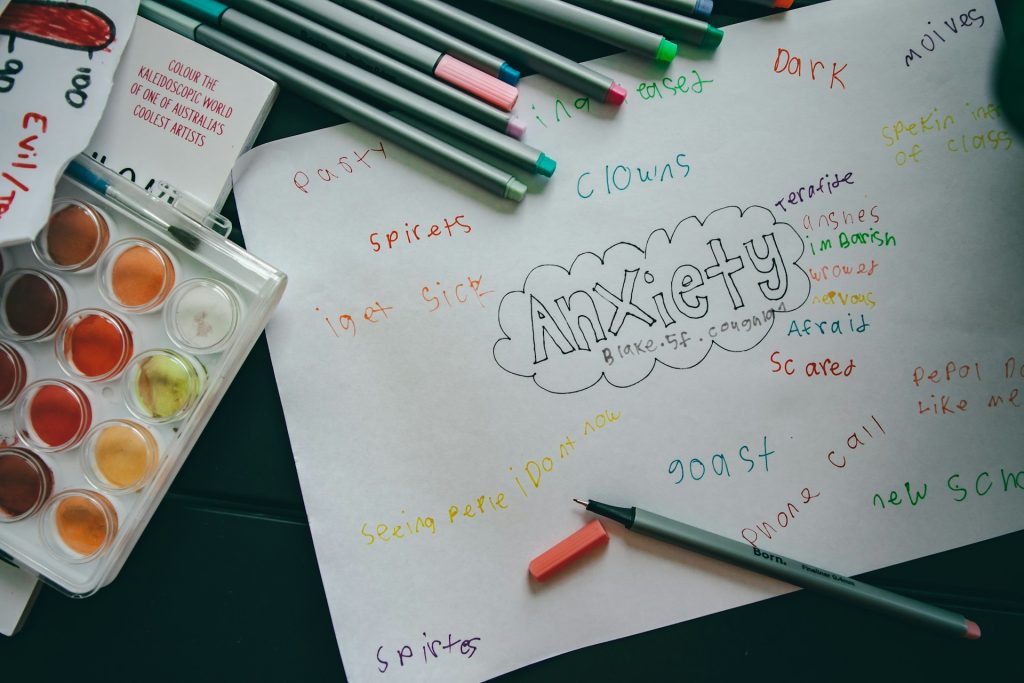Art therapy gives your mind a safe place to breathe. It turns simple marks, colors, sounds, and textures into tools that calm stress and ease cravings. When recovery feels hard, art therapy offers a steady practice that helps mental health and the body slow down while thoughts find order.
You do not need skill or special materials. You only need time, a quiet corner, and a small plan. With that, hands start to move and the nervous system begins to settle. Anxiety loosens. Urges lose force. Meanwhile, trust grows as you create something that reflects the moment with honesty.
This gentle method accommodates many stages of healing. It complements psychotherapy, peer support, and medical treatment. Individuals utilize drawing, collage, clay, music, and movement to identify feelings and let go of tensions. Short treatment sessions lead to substantial improvements in mood and concentration. When stress increases, a basic creative exercise can refocus and defuse agitation.
Many will also afford that art therapy makes difficult conversations easier, because images reveal truths that words balk at stating. For those experiencing early stabilization and are in a detox treatment program nearby, medical needs can be attended to while creative outlets offer relief in a safe space. As recovery progresses, art therapy continues to scaffold recovery with tangible steps, achievable goals, and regular practice.
Creative Outlets With Art Therapy
Small creative acts calm the fight or flight system and support better sleep. With art therapy, your hands lead and your breath follows. A pencil moves across paper in paced lines. The mind tracks that motion and releases held strain.
Next, colors enter and give shape to a mood. You might draw a storm as strong lines, then layer a soft wash on top. That sequence helps the brain move from high alert to ease. Clay works in a similar way. Pressure from palms and thumbs grounds racing thoughts. Squeezing and rolling clay regulates energy and returns focus to the present.
Music and mindful movement also support this process. A short humming exercise sends a signal of safety down the vagus nerve. Gentle swaying in time with breath creates rhythm that steadies the heart rate. These simple practices build body awareness that lasts beyond the session.
Over time, art therapy techniques reshape daily routines. A five minute sketch before bed, a quick collage during a break, or a brief drumming pattern after a tough call can lower stress and improve recovery outcomes. Because art therapy invites play without judgment, motivation rises and practice sticks.

Stress And Addiction Relief Through Creative Practice
Stress and addiction feed on rumination and avoidance. Art therapy interrupts both with concrete tasks that anchor the mind. You pick a prompt, set a timer, and begin. That clean structure reduces decision fatigue and quiets negative self talk. It also lets you notice craving cues without rushing to act on them. When a wave hits, a color map or line breath drawing can carry you through the peak. In clinical care, these skills fit well with CBT or mindfulness plans.
For clinicians in recovery, the guide on licensing and career resources for healthcare professionals with SUD adds support beyond the studio. By mixing practical tools with reflective practice, art therapy keeps progress tangible and grounded.
Art Therapy For Anxiety Regulation
Anxiety often traps the body in loops of tension. Art therapy loosens those loops by pairing breath, motion, and focus. Start with a paced breathing cycle. Inhale for four beats, hold for two, exhale for six. As you breathe, trace a slow spiral. The line marks your rhythm and shows progress on the page.
When thoughts speed up, you pause, then resume the spiral where it left off. This quick re-entry reduces fear of “losing it” and builds capacity to tolerate discomfort. Next, try a “container” drawing. Sketch a simple box and place tangled lines inside. On each exhale, soften the lines or add shading that signals rest. The image becomes a map of emotion that now sits within clear edges.
For social anxiety, mask making (on paper or with clay) can name roles and limits in a safe way. You craft an outer mask that shows what you present. You also make an inner mask that shows what needs care.
On the other hand, the contrast offers insight without judgment. Art therapy supports this honest look because the focus remains on process, not performance. As skills grow, anxiety spikes become cues to start a short creative routine. This turns flare ups into chances to practice regulation. With repetition, the nervous system learns to cycle down faster and stay steady longer.
Building Routine And Safe Spaces
Consistency makes healing durable. A simple creative routine builds that consistency without strain. Keep materials visible and easy to reach. A small kit with paper, markers, and tape lowers the barrier to start. Set a daily window of ten minutes. Tie it to an anchor like morning coffee or the last email of the day.
When the cue arrives, begin with the same warm up, such as five slow lines or three color blocks. That predictability calms the brain before any deeper work begins. You can then choose a prompt that fits the day. On hard days, keep it light and rhythmic. On calmer days, explore themes that need attention.
Moreover, environment matters as well. A quiet corner with soft light and a chair that supports the back encourages longer focus. Sound can help too. A low metronome tempo or a nature loop adds a steady pulse. If home feels busy, take your kit to a nearby park or a library table.
Community settings often help people feel less alone during practice. As skills build, track sessions in a simple log. Note date, mood before, activity, and mood after. This record shows progress when motivation dips and directs future sessions with data, not guesswork.

Art Therapy In Group And Family Healing
Connection strengthens recovery. Art therapy in groups creates shared focus without pressure to speak first. A common prompt allows each person to work at their own pace. After the making phase, members may share images or words that the work brings up. This structure fosters empathy while keeping boundaries clear.
Families can use similar steps at home. A weekly collage night with a theme like “what support looks like” invites honest talk. Each person holds their piece while others practice reflective listening. Simple agreements, such as “speak from I” and “no fixing,” keep the space safe.
In addition, groups also help with accountability. When you plan to show a page from your sketchbook, you are more likely to complete it. Over time, these small wins build confidence that generalizes to other tasks. Role plays with masks or puppets can rehearse hard conversations in a low risk way.
Care partners learn how to respond without escalating. Because art therapy centers process, not products, perfectionism loosens its grip. As a result, group and family rituals form that support resilience long after formal care ends. In each case, art therapy helps people feel seen while staying honest about needs and limits.
Recovery Resources And Next Steps
Support systems maintain one’s movement forward. Case managers, peer coaches, and community studios can help create care coordination and community bridges. We can commit to one weekly group and two brief practices at home during the week, along with monthly support. This arrangement links current reality with flexibility.
You can make progress with inexpensive material and public places if services are limited. A pencil, a glue stick, and a stack of old magazines can offer much more. When a lapse has happened, return to the practice that is the smallest step possible and recommit. With consistent and persistent diligence, art therapy remains a grounded practice that can support the mind in regaining balance with the mind.

